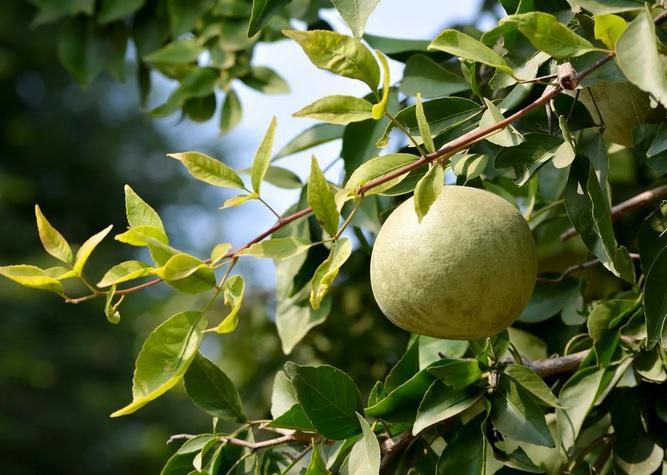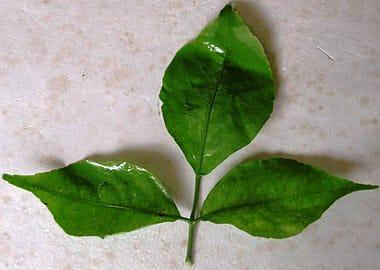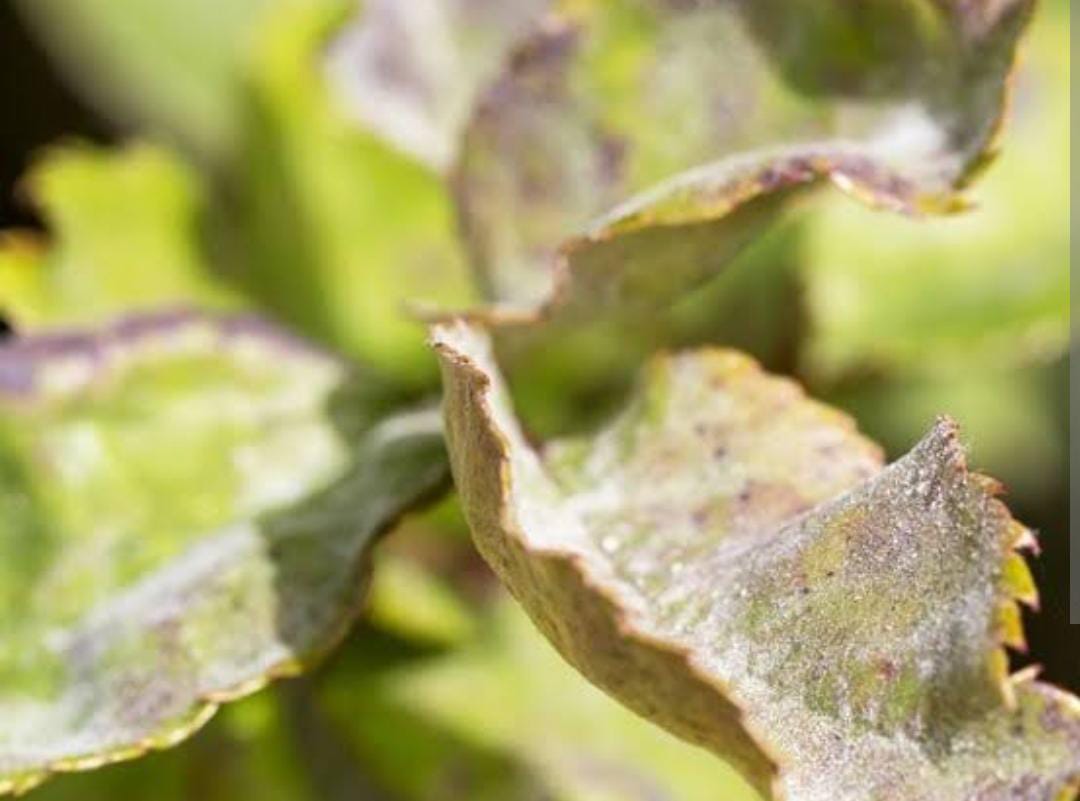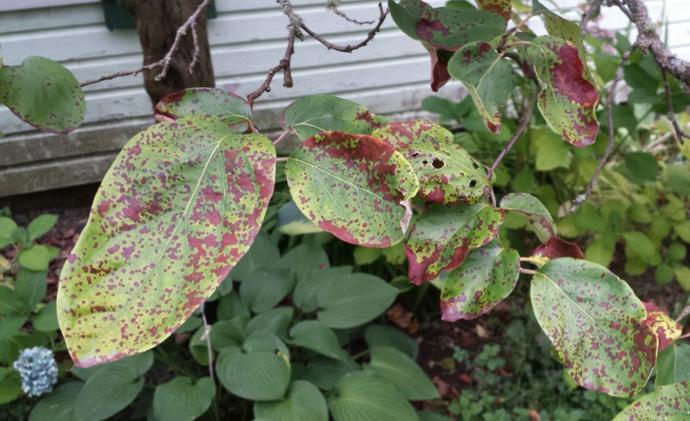Bae/Marmelos Plant
Bael trees, with moderate growth, prefer well-drained soil and full sun. Hardy in zones 10-12, Bael fruits are utilized in traditional medicine and religious rituals.

Habit
Tree
Height
6-8 m
Growth
Moderate
Soil
Well-drained sandy loam
Shade
Full Sun
Moisture
Moderate
Edible
Yes
Medicinal
Yes
Origin
India
Climatic Condition
Tropical to Subtropical
Temperature (°)
20-30°C
Humidity (%)
50-70%
Potting media
Garden soil
Fertilizers
Organic compost
Watering
Regular watering; drought-tolerant once established
Plant Weight
20-30 kg
Flowering Time
Spring
Soil Ph level
5.5 - 6.5
Water Ph level
6.0 - 7.0
Soil EC
Medium
Yield Per Plant
300-400 fruits/plant per tree
NPK ratio
10:20:10
life Span
Perennial
Health Benefits
Fruits used in traditional medicine; supports digestion.
Suggested Grow Media or Potting Mix ?
50% loamy soil, 30% compost, 20% sand
Suggested Fertigation/Fertilizers
Fertilize every 3-4 months with a balanced fertilizer.
Common Diseases and Remedies
Powdery Mildew , Fruit Rot
White powdery mass on leaves , water soaked lesions on fruits
Beejamrutha , Neem oil
HEALTH BENEFITS
Bael (Aegle marmelos), also known as Bengal quince or wood apple, is a medicinal plant widely used in Ayurveda and traditional medicine. It offers numerous health benefits, including:
1. Digestive Health
- Bael fruit is rich in fiber and helps prevent constipation.
- It has antibacterial properties that fight infections in the gut.
- The pulp is used to treat diarrhea and dysentery.
2. Immunity Booster
- High in vitamin C and antioxidants, it strengthens the immune system.
- Helps the body fight infections and inflammation.
3. Controls Diabetes
- Bael leaves help regulate blood sugar levels by improving insulin function.
4. Supports Heart Health
- Reduces cholesterol and blood pressure, promoting cardiovascular health.
- Acts as a natural blood purifier.
5. Improves Respiratory Health
- Bael leaves have expectorant properties, helping with asthma and colds.
- Acts as a natural remedy for sinusitis and respiratory congestion.
6. Liver and Kidney Detox
- Helps detoxify the liver and kidneys by removing toxins from the body.
- Used in Ayurveda for jaundice and urinary disorders.
7. Skin and Hair Benefits
- Antimicrobial properties help treat skin infections.
- Strengthens hair roots and prevents dandruff when used in herbal formulations.
How to Use Bael?
- Bael Fruit Juice: Helps in digestion and cools the body.
- Bael Leaf Extract: Used for diabetes management and immunity.
- Bael Tea: Good for detox and respiratory issues.
Bael is a powerful natural remedy, but excessive consumption may cause constipation or drop blood sugar too much. Always consume in moderation.
What is a Bael plant?
Bael plant, also known as Aegle marmelos, is a plant native to India and Southeast Asia. It is grown mainly for its fruit, also known as bael. The fruit is the size of a grapefruit and has a hard, woody skin. Its interior contains a sweet and aromatic pulp that is used in many Indian dishes and drinks. The bael plant is also valued for its medicinal properties, and various parts of the plant, including its leaves, roots, and bark, are used in Ayurvedic medicine to treat various ailments.

What Are The Different Types Of Bael?
There is only one species of bael plant, Aegle marmelos. But there are many types of mustachioed fruits that differ in size, quality and taste. Some of the most popular fruits include:
1. Bengal citrus (Aegle marmelos var. bengalensis):
This variety is native to India and is known for its large, round fruits with thick, hard skins. The flesh is sweet and aromatic and is frequently used in many Indian dishes and beverages.
2. Golden Apple (Aegle marmelos var. aurea):
Found in Southeast Asia, this species is famous for its small, round and thin, soft fruits. The flesh is sweet and aromatic and is frequently used in many traditional Southeast Asian dishes and beverages.
3. Tree apple (Aegle marmelos var. marmelos):
This species is native to India and is famous for its large, round fruit and thick, hard skin. The flesh is sweet and aromatic and is frequently used in many Indian dishes and beverages.
4. Bael Fruit (Aegle marmelos var. marmelos):
This variety is native to India and is known for its large, round and thick, hard fruits. The flesh is sweet and aromatic and is frequently used in many Indian dishes and beverages.
How To Care Bael?
Location
Bael plant Aegle marmelos is native to India and Southeast Asia. It is found in tropical and subtropical regions and grows in warm, moist soils. The plant is commonly grown in gardens and orchards throughout its native range and is also grown commercially for its fruit. In addition to India and Southeast Asia, bael plants are also grown in other parts of the world with similar climates, such as Africa, the Caribbean, and Central and South America.
Sun light
Bael Plant Aegle marmelos needs full sun to thrive. It is a sun-loving plant that grows best where it receives at least 6 to 8 hours of direct sunlight per day. In hot climates, plants can tolerate some shade during the hottest parts of the day, but they still need full sun for healthy growth and fruiting. Plants grown indoors or in a greenhouse should be placed where they will receive bright, indirect sunlight most of the day.
Soil
Bael Plant Aegle marmelos prefers well-drained soil rich in organic matter. It can adapt to many soil types such as sand, loam and clay, as long as it has good drainage. The pH of the soil should be slightly acidic to neutral, preferably between 6.5 and 7.5.Soil can be amended with organic matter such as compost, well-rotted manure or leaf mold to increase soil flow and fertility. This will help create loose, friable soil that will allow water to flow freely and provide nutrients for plant growth.
Hydration
Bael Plant Aegle marmelos should be watered well, especially during the growing season. However, it is important not to overwater the plant as this can cause root rot and other problems.Irrigation frequency depends on factors such as climate, soil type and plant size. In general, plants need to be watered deeply and thoroughly, allowing the water to penetrate the soil and reach the roots.
Nourishment
Bael Plant Aegle marmelos requires regular fertilization to grow, grow and bear fruit. The plant has a rich diet, which means it needs many nutrients to support its growth and fruit production.You can use a balanced, slow-release fertilizer specifically for fruit trees to provide yourBael plants with the necessary nutrients. This type of fertilizer will provide your plants with regular nutrients so they have everything they need to grow and bear fruit.
Issues
Growing Bael Plant Aegle marmelos can be profitable, but like any plant, it can also face some problems. Here are some problems and solutions:
1. Pests: Bael plants have pests such as aphids, fruit flies and mealybugs. Check your plants regularly for signs of pests and use insecticide or neem oil to control pests if necessary.
2. * Diseases: * Bael plants can be affected by fungal diseases such as powdery mildew and leaf spot. To prevent these diseases, do not water at high pressure and make sure there is good air around the plants. If necessary, use antibiotics to prevent infection
3. * Nutrient Deficiencies:* Bael plants are heavy feeders and can suffer from nutrient deficiencies if not fertilized well. Use a balanced, slow-release fertilizer designed specifically for fruit trees and follow the manufacturer's instructions.
4. *Water Problems: * Overwatering can lead to root rot, while waterlogging can cause plants to wilt and leaves to drop. Water the plants deeply and thoroughly, allowing the soil to dry slightly between watering.
5. * High temperature: * Bell plants are very sensitive to hot weather, especially when young. Protect the plant from frost in winter and provide shade during the hot summer months.
6. * Pruning: * Regular pruning helps plants root and promotes healthy growth. Remove dead or diseased branches and prune back branches that cross or pull on each other.
What Are The Benefits Of Bael?
Bael Plant Aegle marmelos is valuable for its many health benefits. Some of the benefits of Bell Plant include:
1. Digestive Health: Bael fruit is rich in dietary fiber, which promotes healthy digestion and prevents constipation. It also contains medications to help reduce pain in the stomach.
2. Immune System Support: Bell fruit is rich in vitamin C, an important antioxidant that helps strengthen the body and fight diseases.
3. Heart Health: Bell fruit contains substances that help lower cholesterol and reduce the risk of heart disease.
4. * Blood Sugar Control: * Bell fruit contains substances that help control blood sugar and reduce the risk of diabetes.
5. * Skin health: * Bell fruit contains elements that help improve skin health and reduce the risk of skin problems such as acne and eczema.
6. * Weight management: * Bael fruit is low in calories and rich in dietary fiber, which helps increase satiety and reduce the risk of overeating.
7. * Bone Health: * Bael fruit is rich in calcium and other minerals important for bone health.
8. Antibacterial Properties: Bell fruit contains chemicals that help kill bacteria and other diseases.
9. Anti-Inflammatory Properties: Bell berry contains compounds that help reduce body pain and prevent diseases.
10. Antioxidant Properties: Bael fruit contains compounds that help neutralize free radicals and prevent oxidative stress.

FAQs About Growing Bael?
1. How is the straw bale plant processed?
Bael Aegle marmelos tree consists of several important steps to ensure its health and productivity. Some tips for managing alarms:
1. * Watering: * Bell plants need regular watering, especially during the growing season. Water the plants deeply and thoroughly, allowing the soil to dry slightly between watering. Avoid overwatering as this can cause root rot and other problems.
2. * Fertilization:* Bael plants are heavy feeders and need regular fertilization to stimulate their growth and fruiting. Use a balanced, slow-release fertilizer designed specifically for fruit trees and follow the manufacturer's instructions.
3. * Pruning: * Regular pruning helps establish plants and promotes healthy growth. Remove dead or diseased branches and prune back branches that cross or pull on each other.
4. * Pests and Diseases: * Bael plants are susceptible to pests and diseases, so it is important to check the plants regularly for any diseases or pests. If necessary, use insecticidal soap or neem oil to control pests and fungicides to control fungal diseases.
2.What is the use of Bael Plant?
Bael Plant Aegle marmelos has many uses, including cooking and medicine. Some of the most common uses of bell plants include:
1. Use in cooking: The most common use of the fruit is its fruit, also called bael. The pulp of the fruit is sweet and aromatic and is used in many Indian dishes and drinks. It can be eaten fresh or dried and powdered and added to meals and drinks.
2. Medical Uses: Various parts of the bael plant, including its leaves, roots and bark, are used in Ayurvedic medicine to treat various ailments. The fruit is believed to have digestive, anti-inflammatory and antibacterial properties and is used to treat ailments such as diarrhoea, dysentery and indigestion.
3. * Religion and culture:* Bael plant is considered sacred in Hinduism and is often planted near temples and other religious places. The leaves of the plant are used in religious rituals and ceremonies, and the fruits are presented as sacred offerings to the gods.
3. Can I grow Bael tree at home?
Yes, you can grow Bael plant Aegle marmelos at home, but it needs some success. Here are some important points for growing peppers indoors:
1. * Light: * Bael plants need sunlight to thrive, so it is important to place them somewhere in the sky where they will receive at least 6 to 8 hours of direct sunlight a day. If you don't have a sunny window, you can use a grow light to provide the necessary light.
2. * Temperature: * Bael plants prefer warm temperatures, preferably between 65°F to 85°F (18°C to 29°C). They can tolerate some cold but must be protected from frost and wind.
3. *Humidity: *Bell plants like high humidity, so providing humidity is important. You can do this by placing moist soil next to your plants or by watering them regularly.
4. Soil: Bael plants prefer well-drained soil rich in organic matter. Use a potting mix designed specifically for fruit trees and make sure the pot has good drainage to prevent water stagnation.
4. What is the best type of pot for growing vegetables?
When choosing a pot to plant the bael plant (Aegle marmelos) it is important to consider many things to ensure the health and productivity of the plant. Here are some important things to consider when choosing the best pot for your alarm:
1. * Size: * Choose a pot large enough to fit the root of the plant and allow it to grow well. Bael plants can get very large, so it's best to start them in a pot that's at least 12 inches wide and 12 inches deep. As the plant grows, you need to move it to a larger pot.
2. * Material: * Potting material affects the health and growth of the plant. Terracotta pots are a good choice for bell plants because they are porous and allow good air circulation around the roots. Plastic containers are also a good choice because they hold and retain moisture well.
5. Where can I buy Bael tree?
Depending on your location and preferences, you can buy Bael Cog, Aegle marmelos from many places. Here are some options:
1. * Nurseries and gardens: * Local nurseries and nurseries often carry a variety of fruit trees, including bell plants. Visit your nearest nursery or garden center to see if they have bell plants available for purchase.
2. * Online stores:* Many online stores such as Amazon, eBay and Etsy sell bael plants and seeds. You can browse their selection and purchase Bell plants or seeds online and have them delivered to your home.
3. Local farmers: * Local farmers who grow bael can sell directly to consumers. Visit your local farmers or produce fair to see if there are any vendors selling bael plants, or ask your community who grows bael plants and is willing to sell them.



